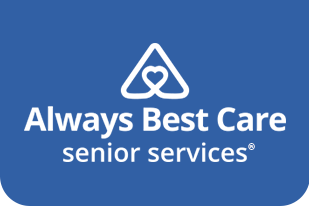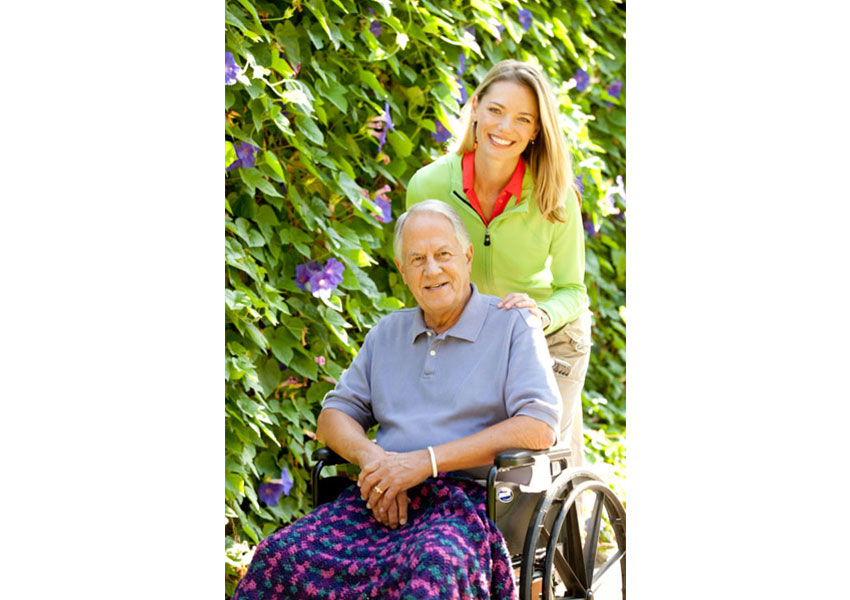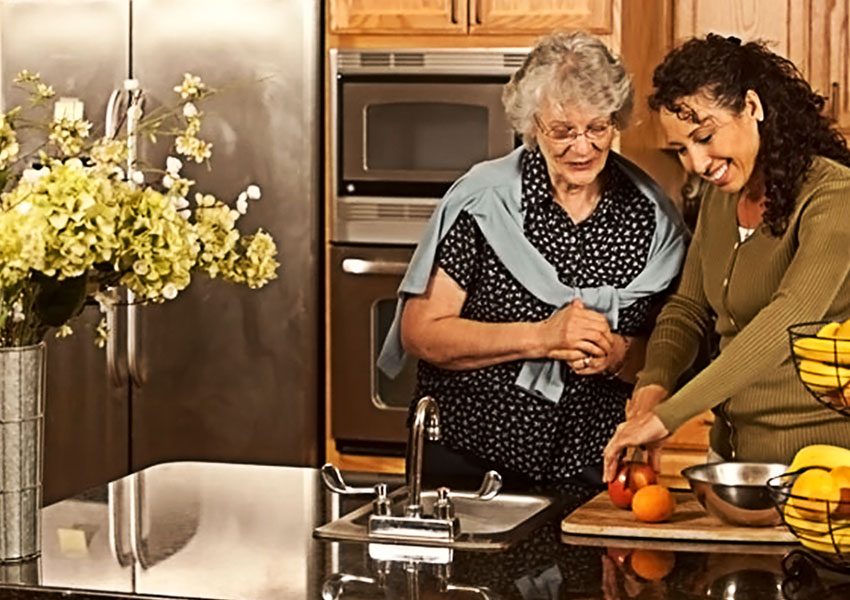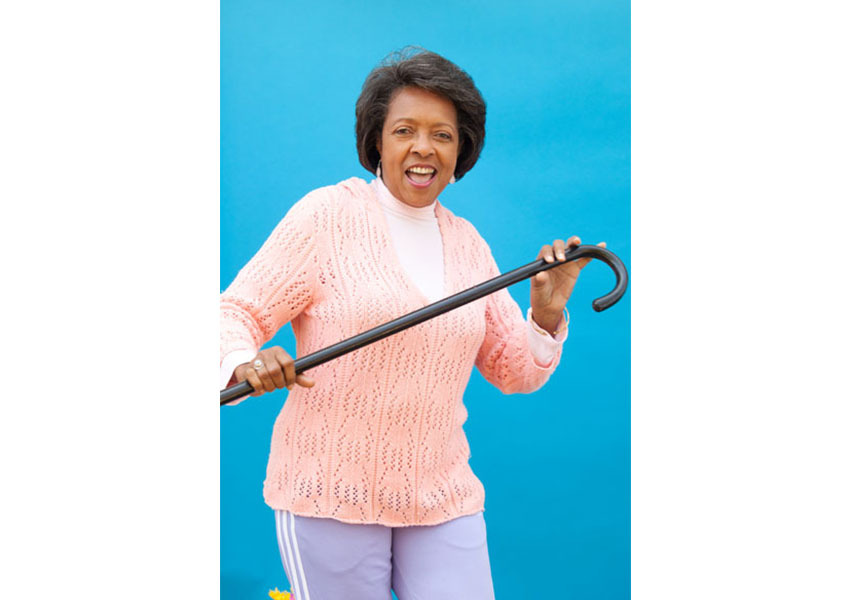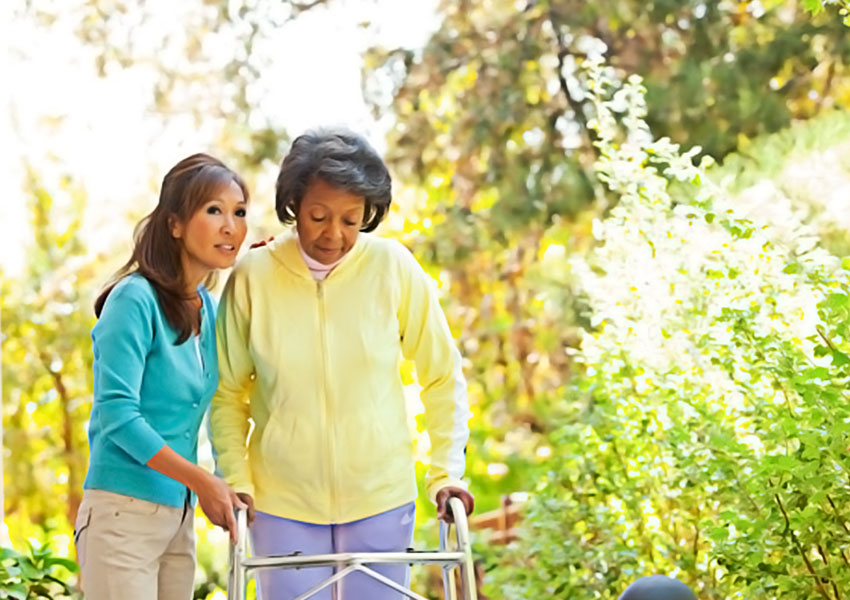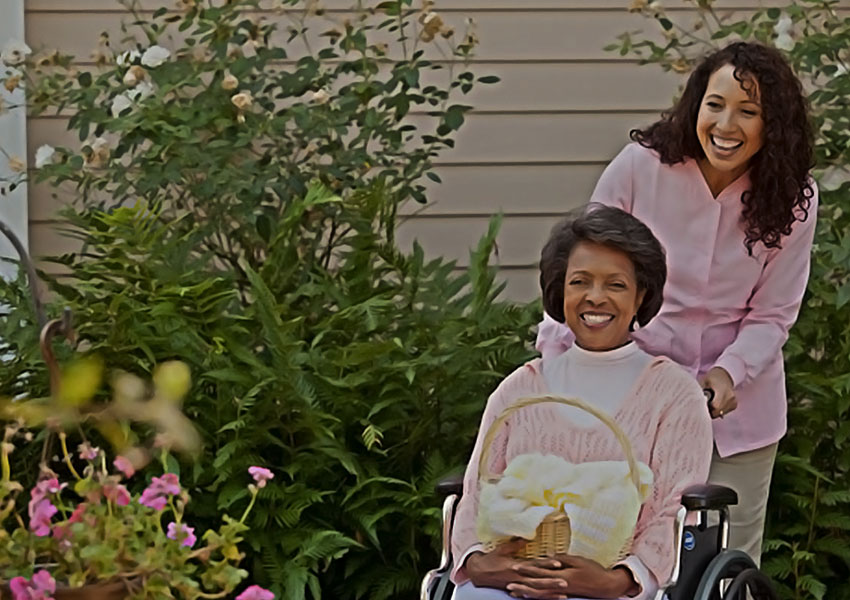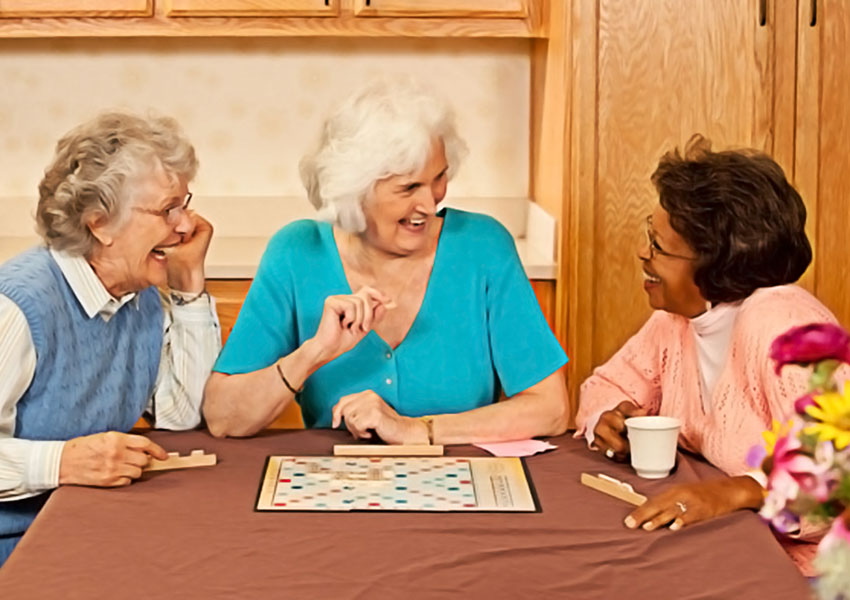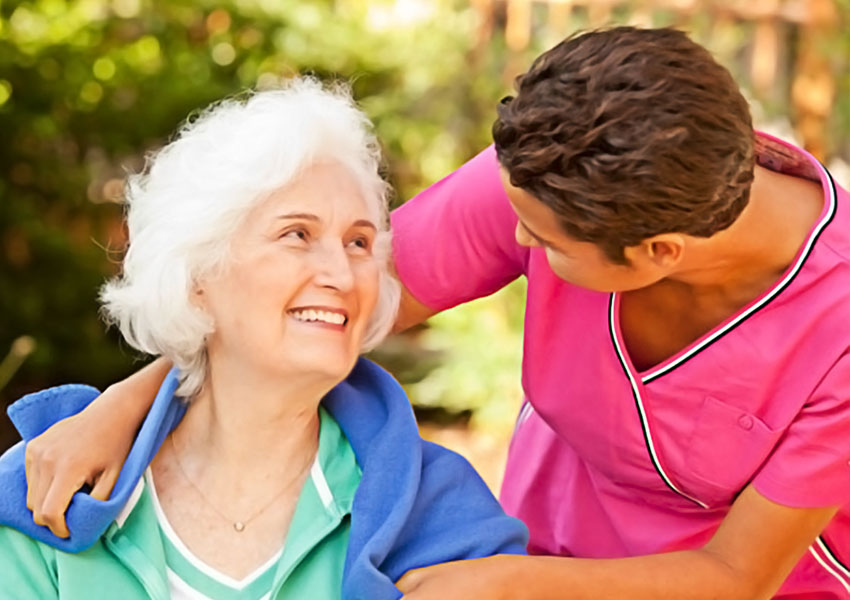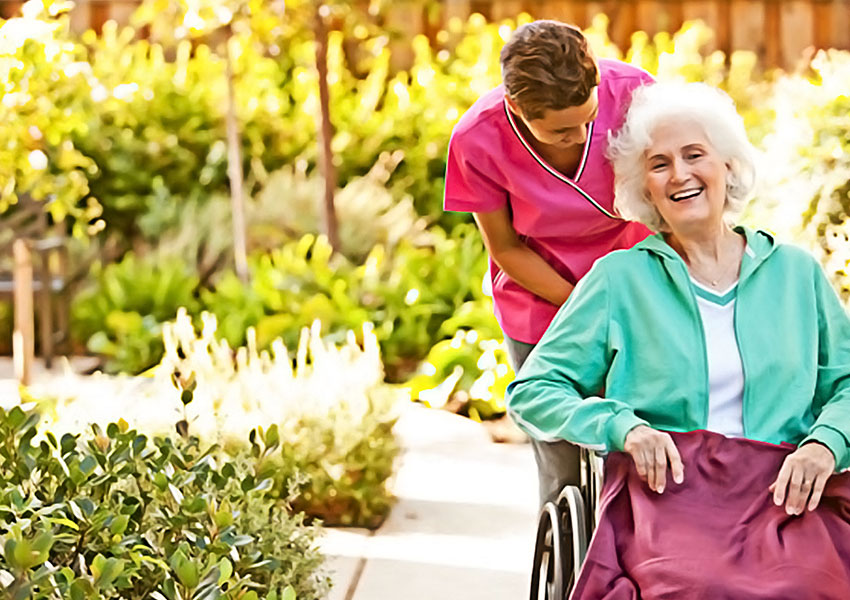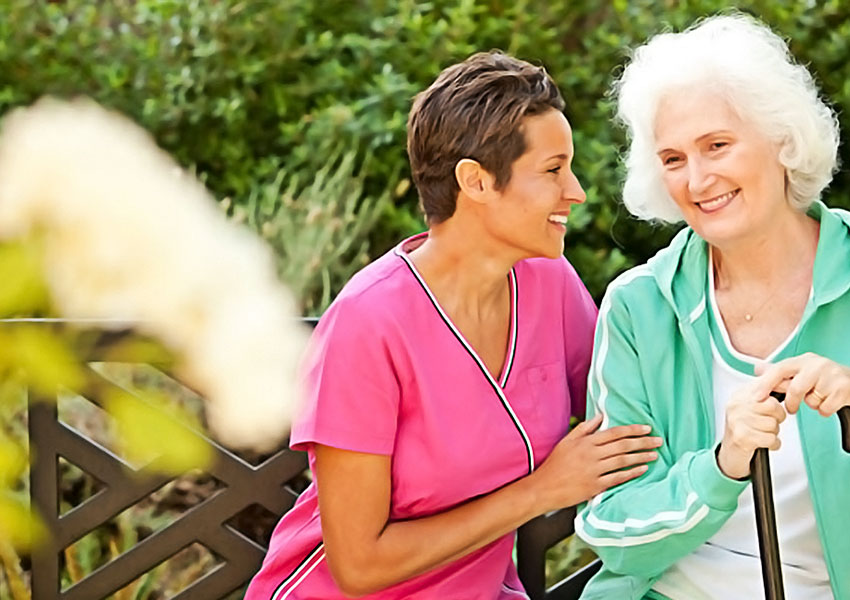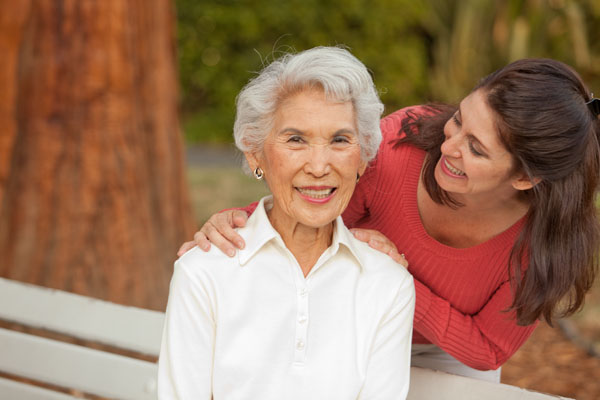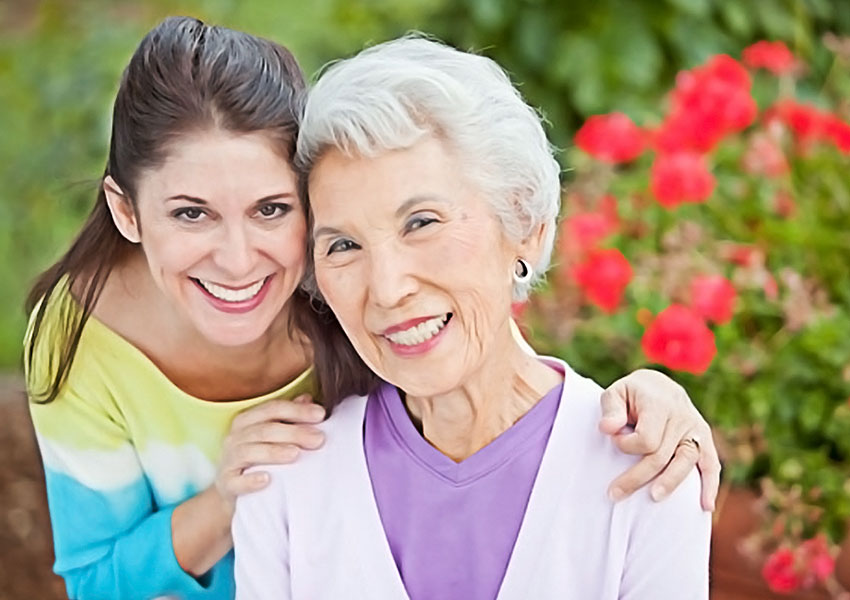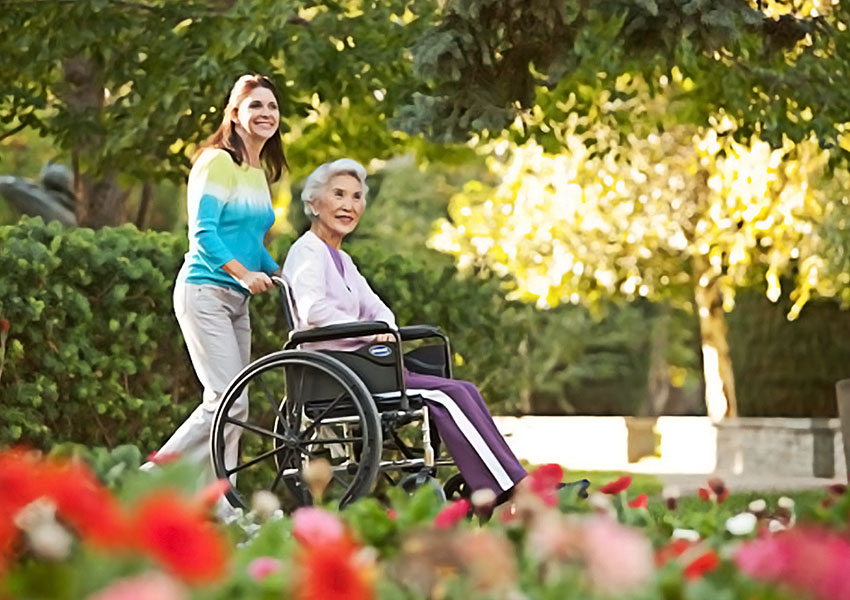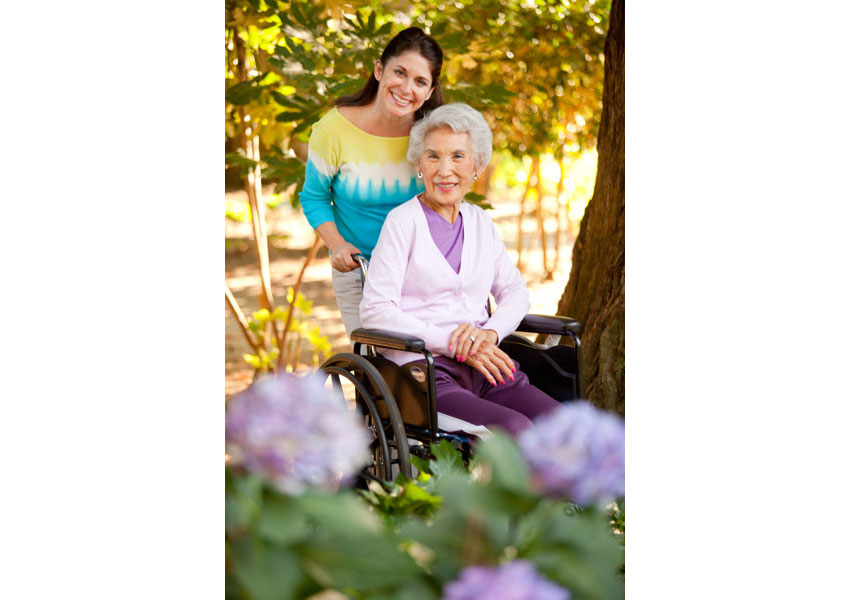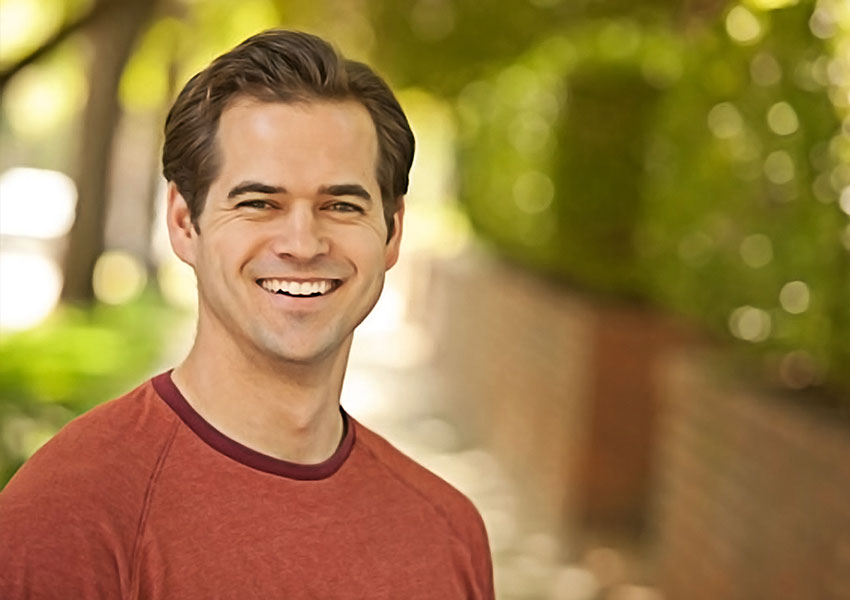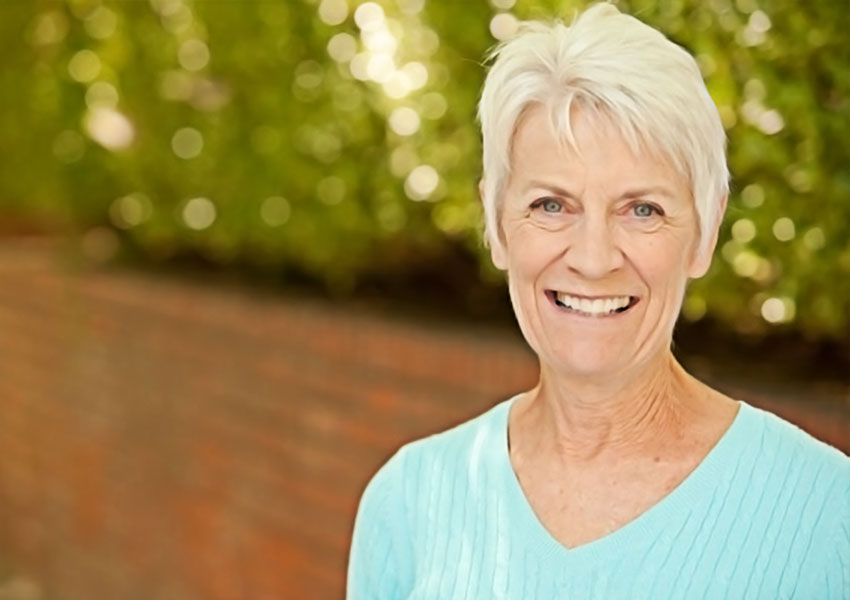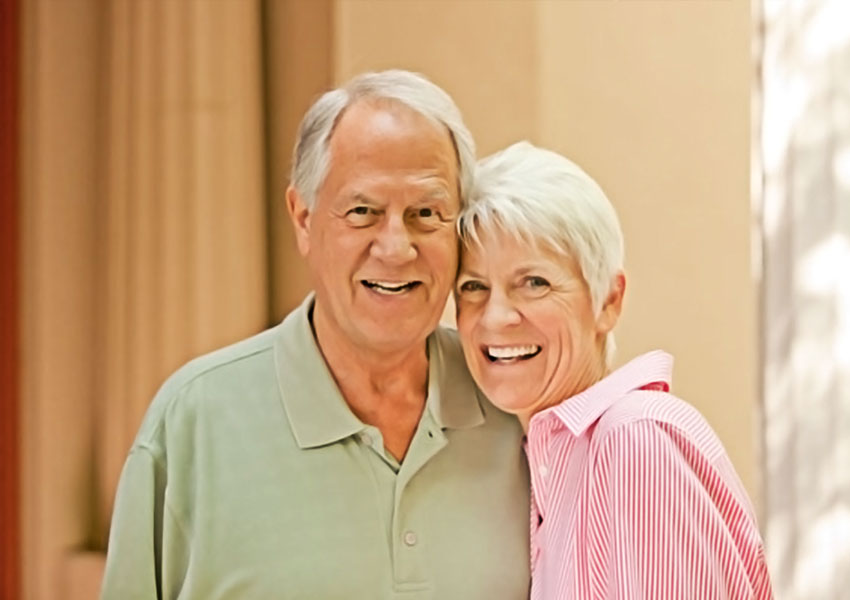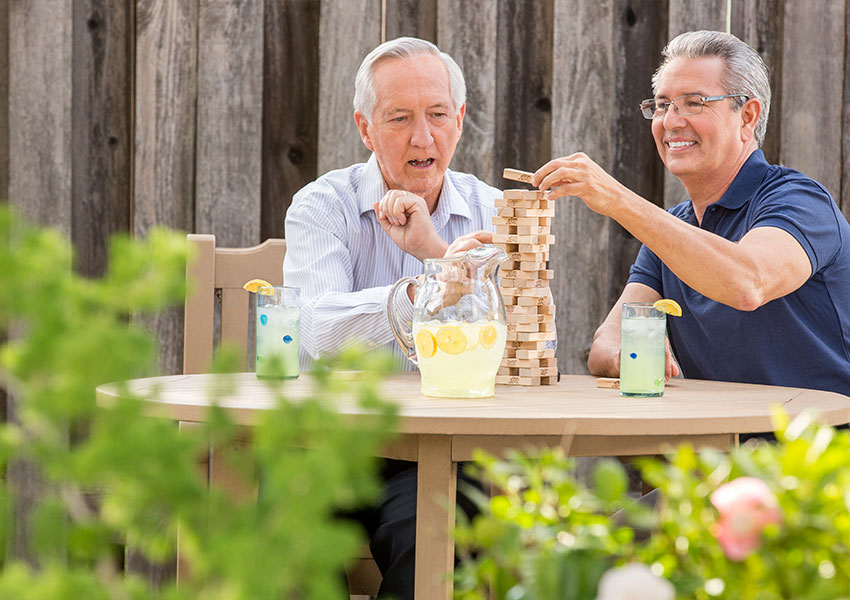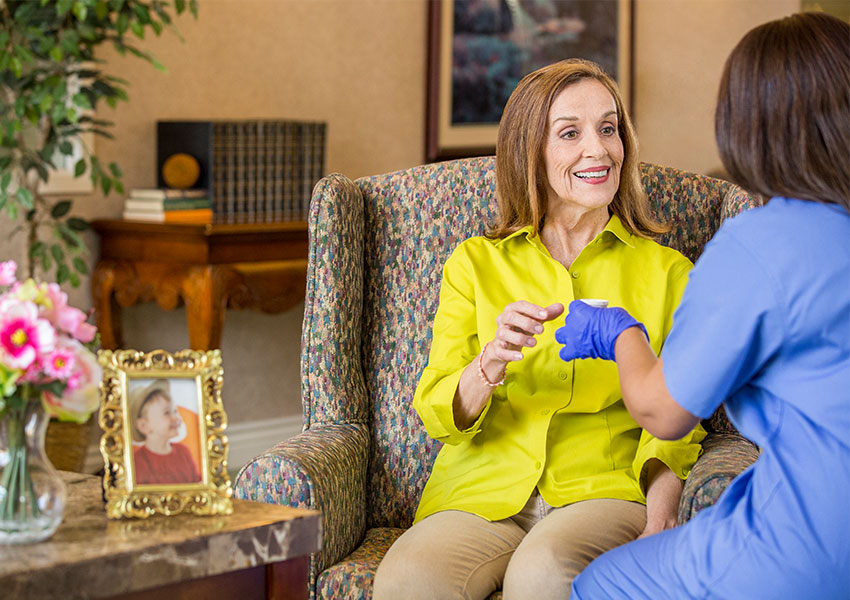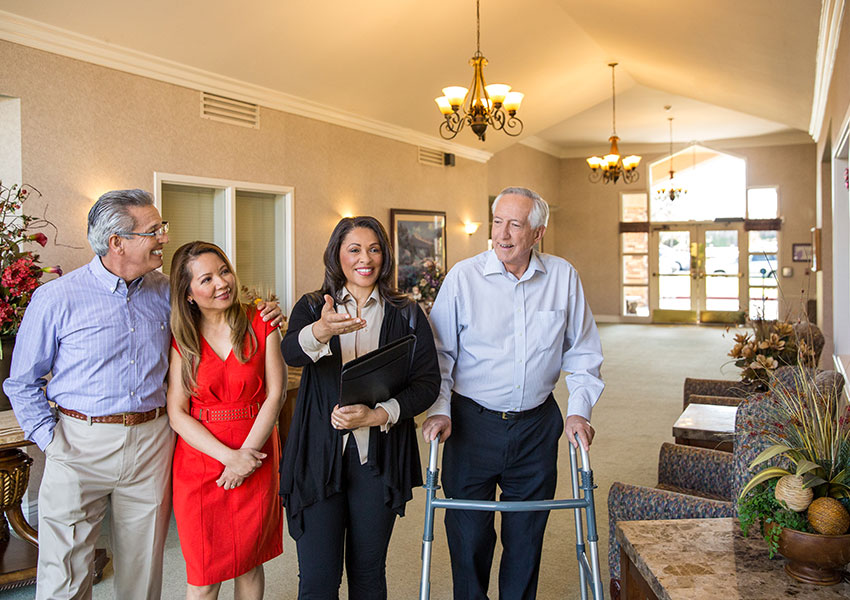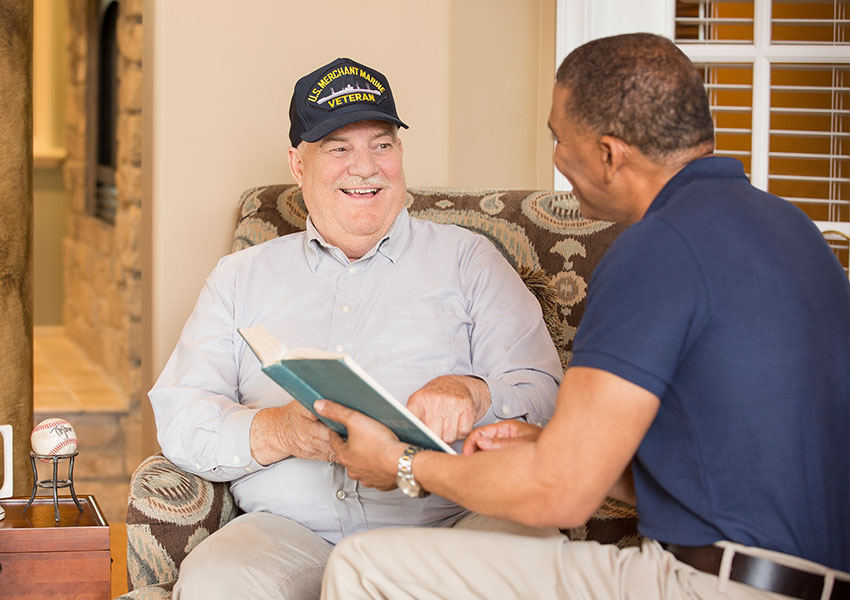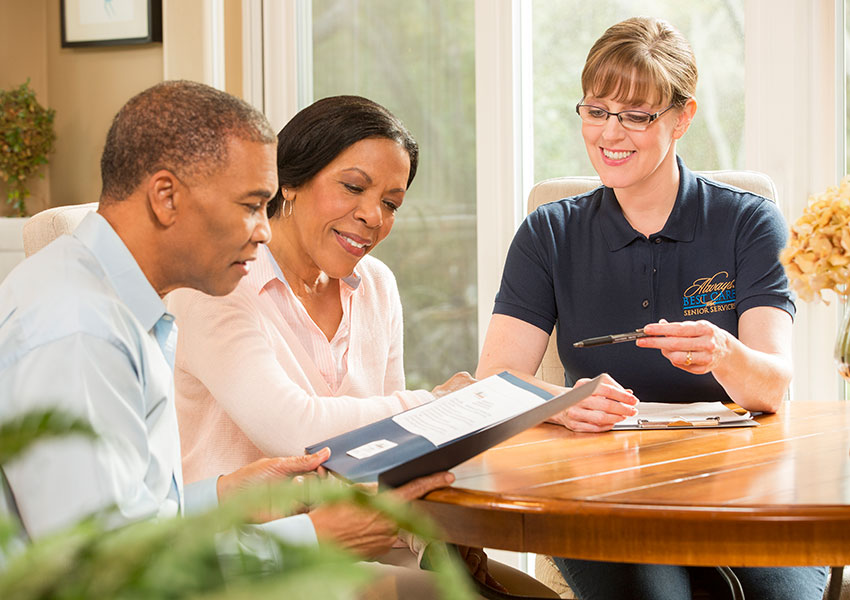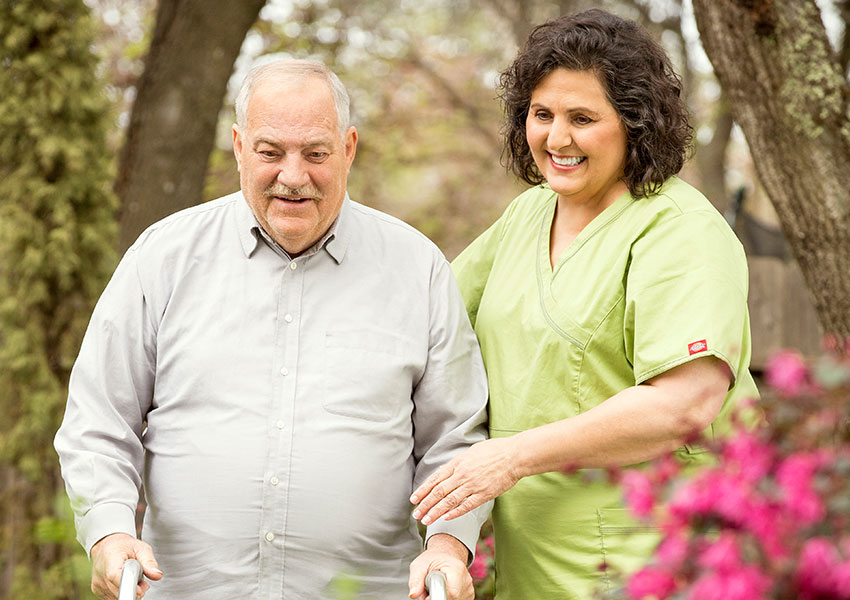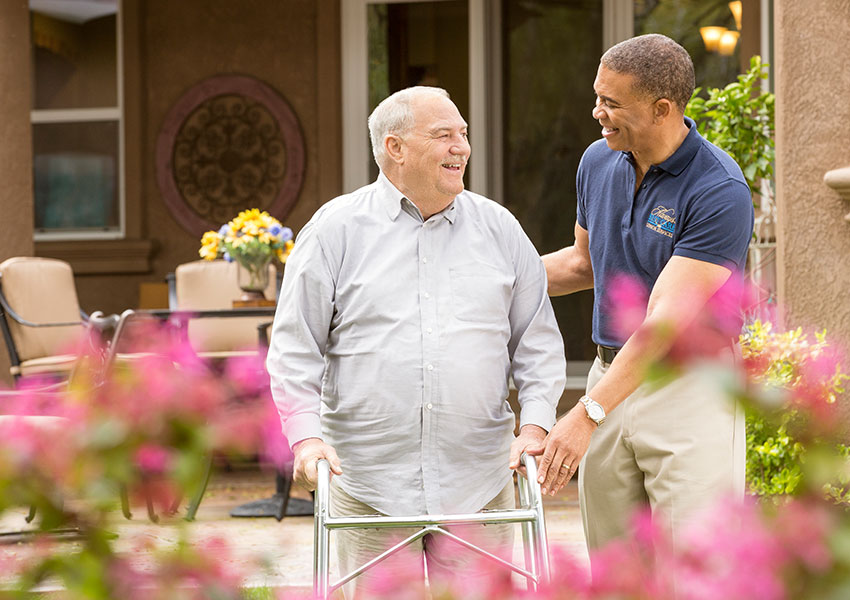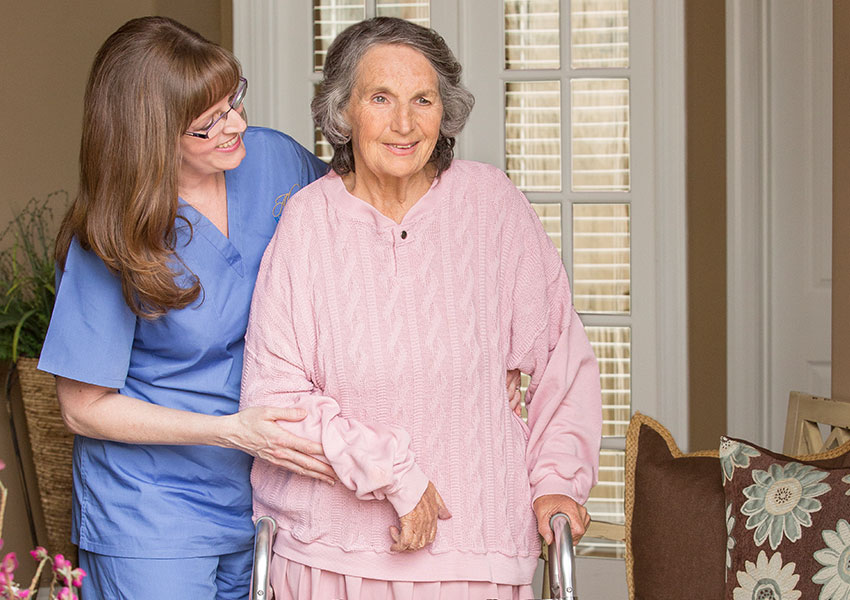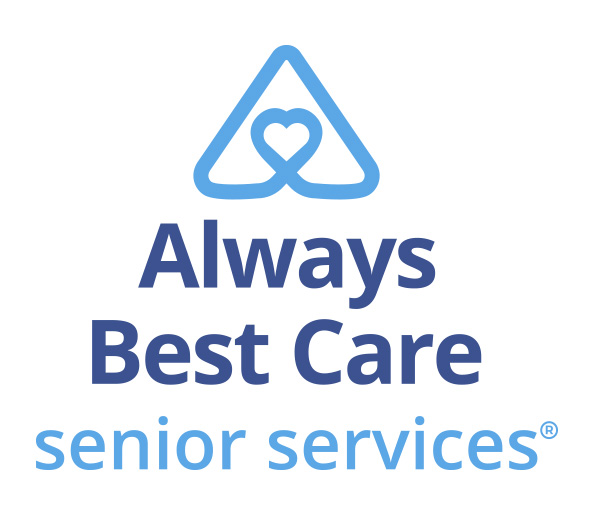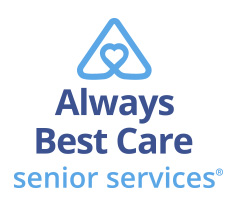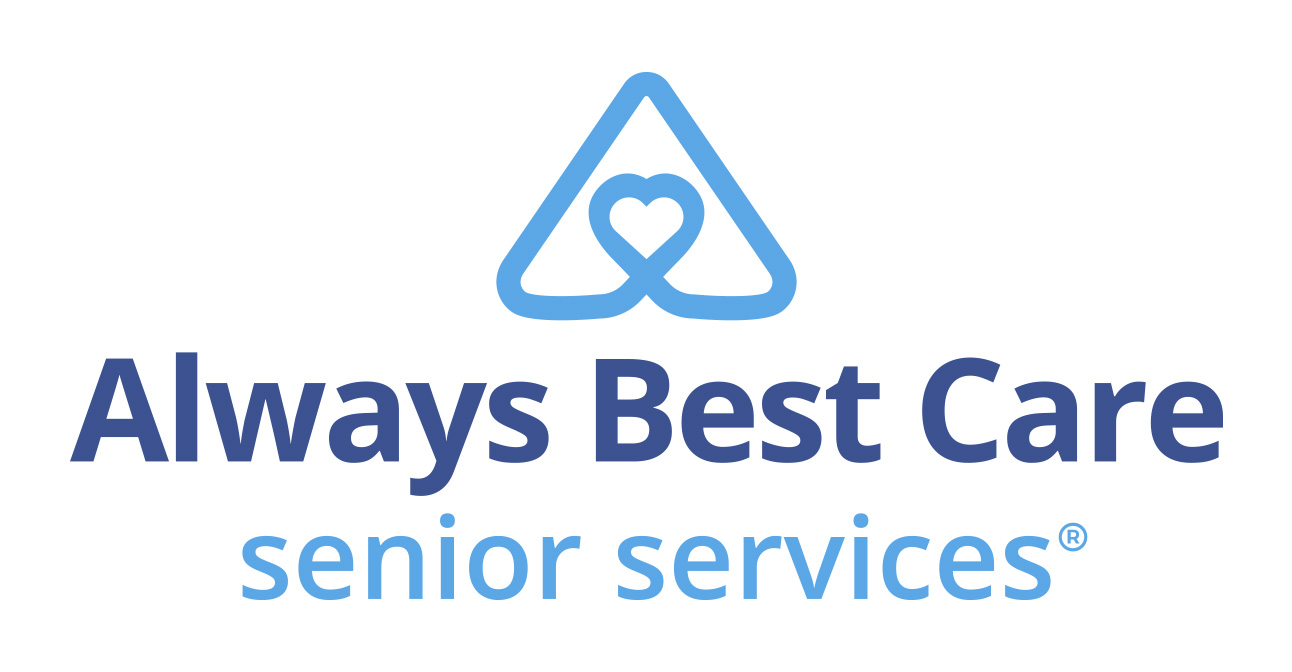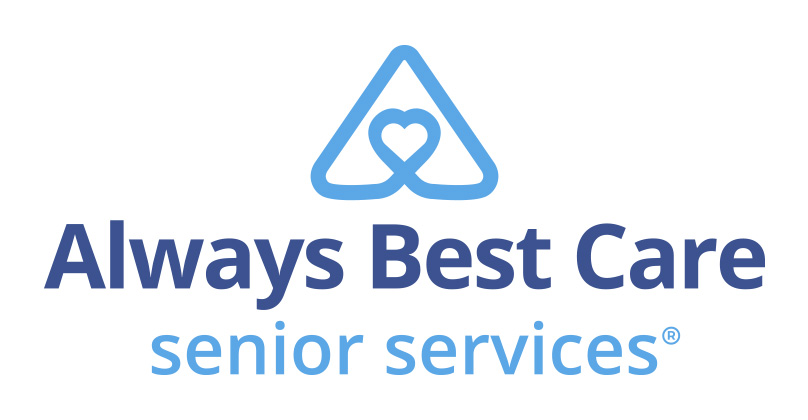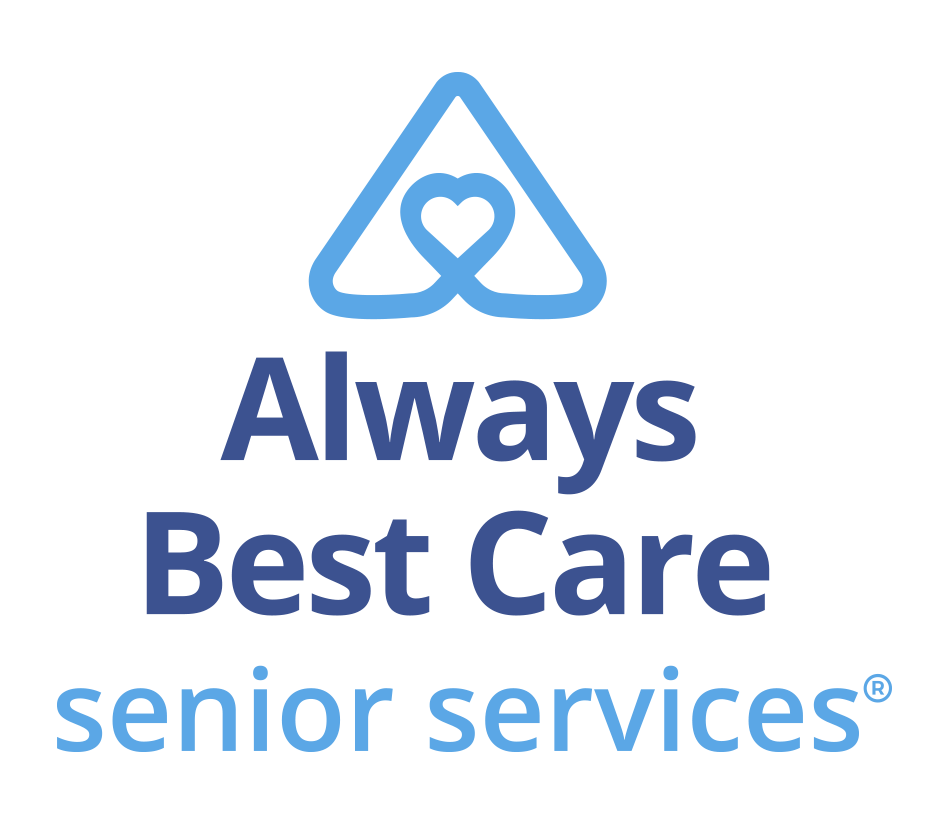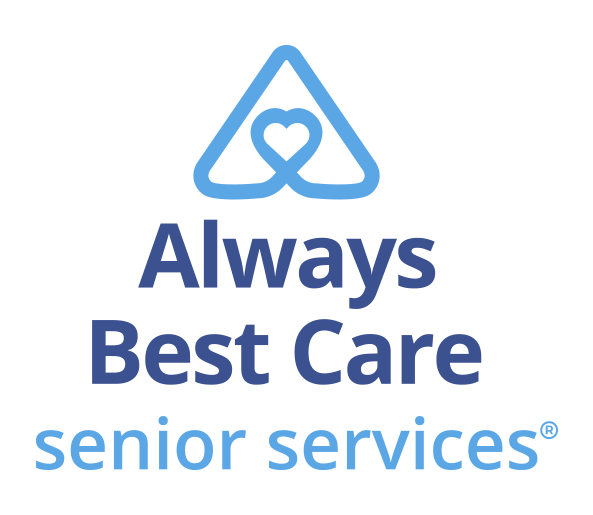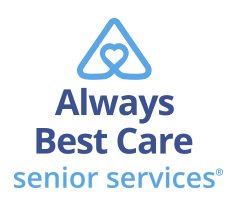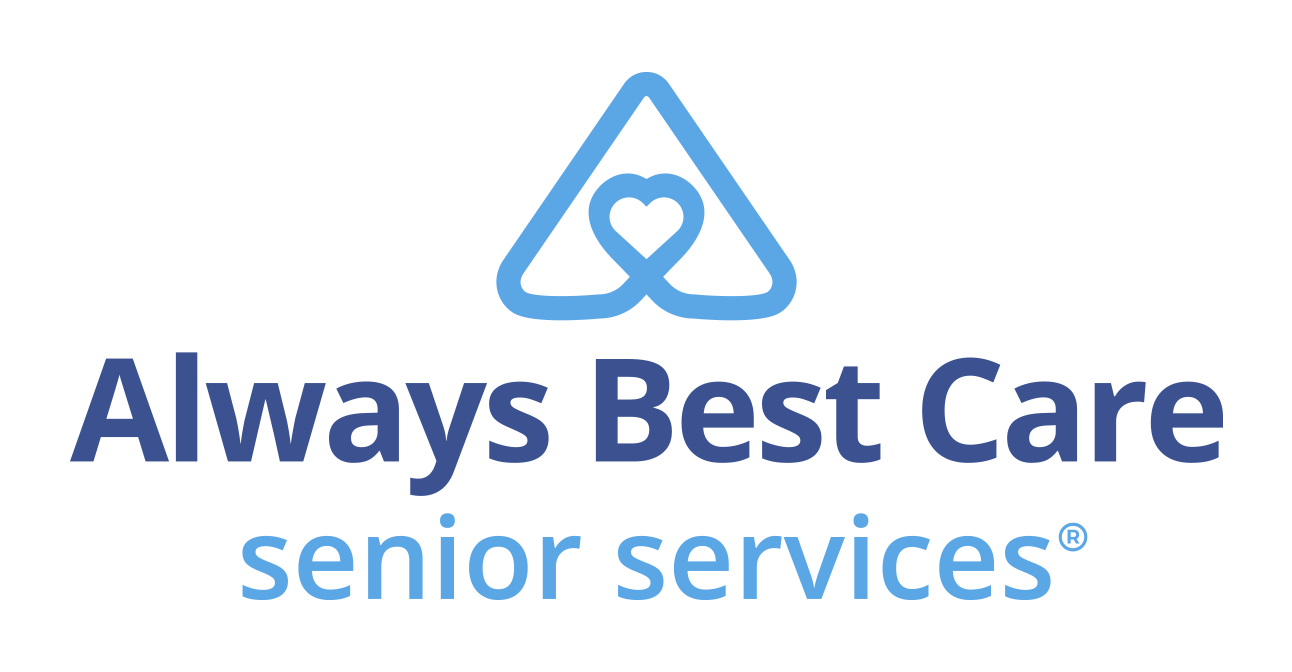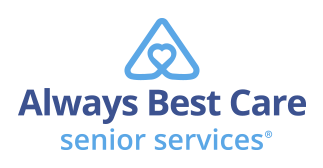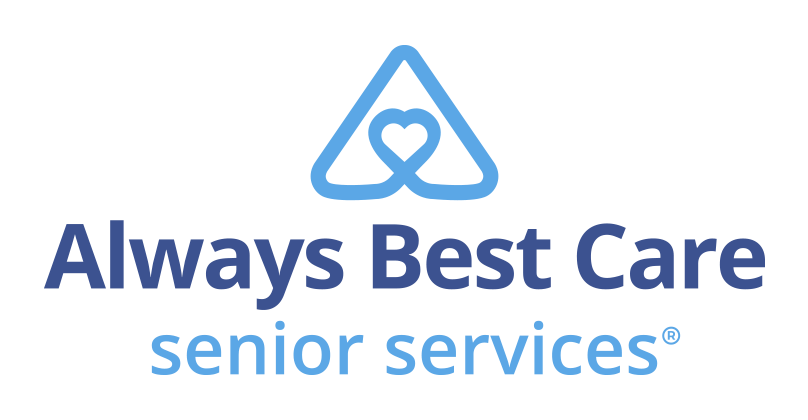The American Cancer Society notes that approximately 1 in 4 seniors over the age of 70 are dealing with some form of cancer or have dealt with a cancer in their lifetime. When trying to put together the cancer treatment and recovery puzzle, especially as a senior, rehabilitation is an important piece. Medical professionals agree that rehabilitation aids in successful cancer recovery and helps patients achieve their highest quality of life. The goal of rehabilitation for cancer patients is to obtain the best possible physical, social, psychological, and vocational functioning.
As advances in cancer treatments, such as chemotherapy and radiation, extend lives, cancer often becomes a chronic – rather than terminal – condition. As a result, patients need to perform ordinary activities so that they can care for themselves for long periods of time. Rehabilitation makes this need a reality.
To garner the most out of a cancer rehabilitation strategy, patients must communicate well with their doctors and the other professionals who are involved in their recoveries. Rehabilitative support is most effective when the patient and the medical professionals collaborate and work out a recovery plan. Senior patients may have other health issues that can further complicate rehab, so it is even more important for seniors to talk candidly with their doctors about their limitations.
The National Cancer Act of 1971 first recognized the implications of the rehabilitation approach on the effects of cancer. This legislation declared cancer rehabilitation to be significant on a person’s successful recovery, and it funded the development of training programs and research projects. In the 1970s, the National Cancer Institute (NCI) cancer-control program created and supported many models for cancer rehabilitation.
Surprisingly, there is still a lack of formal cancer rehabilitation protocol in the medical community. A 2008 study of 202 cancer patients at the Mayo Clinic showed that patients may not be receiving proper guidance to get appropriate rehabilitation. Researchers observed that 66 percent of cancer patients reported some kind of functional impairment, mostly with walking or balance. Only 6 percent of these patient deficiencies were documented in the patient’s medical chart by physicians, and only two of those patients received referrals to rehabilitation services.
Similarly, a 2008 Mayo Clinic study revealed that only 21 percent of 150 patients who were impaired by metastatic breast cancer received physical or occupational therapies for weakness, swelling, muscle scarring, or shoulder pain.
“We need to raise awareness of the functional problems that cancer patients experience, and our obligation to address them,” said Julia Rowland, director of the Office of Cancer Survivorship at NCI, noting that there are now 12 million cancer survivors in the United States.
Why the gap between treatment and rehab?Medical experts believe that rehabilitation continues to be widely underused because oncologists do not routinely ask patients about their ability to perform everyday activities and Activities of Daily Living (ADLs), nor are they in the habit of ultimately referring cancer patients for rehab services.Additionally, while insurance plans typically do not place a limit on a cancer patient’s doctor visits or tests, the plans will often restrict coverage for physical, speech, or occupational therapies.
What is rehabilitation for cancer patients?Cancer rehabilitation focuses on the most common problems that patients experience after treatment. These include fatigue, pain, balance issues, muscle weakness, swelling in arms and legs, difficulty swallowing, numbness in the hands and feet, and any changes in cognitive condition. Seniors are more at risk for experiencing these problems, and a weakened condition can exacerbate other health issues.
The best approach is one that involves many professional specialties, essentially a rehabilitation team that supports the comprehensive rehabilitation plan. Initial assessments of impairments and disabilities are crucial data for establishing a baseline that professionals can then use to create a rehabilitation plan and goals that are most beneficial to the patient. A treatment plan initially emphasizes restoring independence with ADLs, mobility, cognition, and communication, and subsequently gets the individual back into the community and the workforce as required.
The following professionals typically play a role in the cancer rehab team:
Physicians – Consists of several specialties such as primary care physicians, surgeons, and radiation and medical oncologists.
Care coordinator/case manager – Assists in overall organization and management of the team. The initial evaluation of the patient is usually the responsibility of this professional. Care coordinators or case managers may be nurses, social workers, or professionals in rehab fields.
Oncology and/or rehabilitation nurse – Plays a large role in supporting the patient and the family throughout rehab. He or she is responsible for frequently assisting with the treatment regimen prescribed by the physical, occupational, or speech therapists. Nurses typically have the most contact with the patients and families and therefore are the most in tune with the family’s emotional and adjustment issues. Nurses are also responsible for skin care, bowel and bladder management, and patient and family education.
Social worker – Provides patients and families guidance about community resources, financial options, and lifestyle changes, and they encourage participation in treatment. Involvement varies depending on the patient’s situation and the medical institution.
Psychologist – Helps patients and families deal with the multitude of emotional and psychological issues related to having and dealing with cancer, its treatment, and any resulting disabilities.Physical therapist – Evaluates the patient’s muscle strength, mobility, and joint range of motion (ROM). Physical therapists also prescribe therapeutic exercises to maintain or increase ROM, endurance, and mobility.
Occupational therapist – Evaluates and assists in increasing patient’s ability to perform tasks related to self care, including ADLs such as dressing, bathing, and meal preparation. Occupational therapists can evaluate home environments and recommend necessary modifications.
Dietitian – Works with patient and family to establish a proper and nutritious diet for ultimate recovery. A healthy diet is crucial in the patient’s ability to participate in a therapy program and is essential for radiation therapy and chemotherapy.
Speech therapist – Evaluates and treats communication insufficiencies, dysphagia, and cognitive dysfunction in cancer patients. Help to train patients to adapt to alternative means of speech and communication.
Vocational counselor – Helps patient adjust to how cancer and its treatment will affect employment. Performs an evaluation of the patient’s suitability for employment and for training, if necessary. Vocational counselors can serve as liaison between patients and their employers.
The healthcare team, patient, and family must develop rehabilitation goals that are realistic within the limitations of the patient’s illness, environment, and social support. Patients and family members are expected to be active participants in the rehabilitation process. Rehabilitation services must be available
throughout all stages of illness, treatment, and recovery. Successful treatment plans are individualized to meet each patient’s unique and specific needs. For seniors, many times, that means the rehabilitation team may include other physicians who are addressing other health issues of the senior.
Communication among specialists on the team is a fundamental part of an effective plan. Because of the complexity, communication may not occur as quickly or smoothly as it should and can either delay or hinder the start of rehab all together. As the number of people involved on the team grows, the value of having an appointed leader on the rehab team becomes more essential to help coordinate the many kinds of rehab needed. The patient or the patient’s family may have to appoint one of the professionals as the designated leader.
Improvement to cancer rehab has arrived“We don’t systematically screen for functional problems,” said Andrea Cheville, director of cancer programs in the department of physical medicine and rehabilitation at the Mayo Clinic. Therefore, medical professionals don’t often initially address cancer survivors’ issues that could benefit from rehabilitation. Opportunities for improvement are most significant when functional problems are attended to early on.
Research is just starting to document how much improvement potential exists when cancer patients are prescribed adequate rehabilitation.
Hospitals are also strengthening their efforts to provide patients with better rehabilitation. In fact, Johns Hopkins Medicine has even started a formal cancer rehab program.
“Although we did lots of cancer rehab in an informal way before, we’re offering more structured services and have arranged much more extensive training for staff,” said R. Samuel Mayer, Hopkins’s medical director of cancer rehabilitation. “Without exception, we’re seeing tremendous improvement among cancer patients who take advantage of these services.”
Four hospitals in Rhode Island have recently increased their offering of cancer rehabilitation services for patients. The Rehabilitation Institute of Chicago is introducing access to more formalized rehab for cancer survivors, and Allina, which operates 11 hospitals, is planning to do the same in Minnesota and Wisconsin.
Under guidance from therapists and specialist, patients can learn special exercises, practice walking or maintaining their balance, get deep massages that loosen scar tissue, and obtain devices that help with ordinary activities. That kind of help can mean the difference between surviving cancer and being able to return to work and live independently.
Seniors need to work closely with their assigned rehab team. Communicating often and honestly about the limitations they are experiencing will help create rehab that has the most advantages. Family members can act as advocates by sharing their observations and concerns with the rehab team.
Rehabilitation after cancer and its treatments is fundamental for improving physical, emotional, and psychological functions that were lost or compromised, and for creating the best possible long-term results and independence.
Reprinted by Always Best Care Senior Services with permission from the Society of Certified Senior Advisors. The Certified Senior Advisor (CSA) program provides the advanced knowledge and practical tools to serve seniors at the highest level possible while providing recipients a powerful credential that increases their competitive advantage over other professionals. The CSA works closely with Always Best Care Senior Services to help ABC business owners understand how to build effective relationships with seniors based on a broad-based knowledge of the health, social and financial issues that are important to seniors, and the dynamics of how these factors work together in seniors’ lives. To be a Certified Senior Advisor (CSA) means one willingly accepts and vigilantly upholds the standards in the CSA Code of Professional Responsibility. These standards define the behavior that we owe to seniors, to ourselves, and to our fellow CSAs. The reputation built over the years by the hard work and high standards of CSAs flows to everyone who adds the designation to their name. Always Best Care Senior ServicesAlways Best Care Senior Services www.alwaysbestcare.com/ is based on the belief that having the right people for the right level of care means peace of mind for the client and family. Always Best Care Senior Services has assisted over 25,000 seniors, representing a wide range of illnesses and personal needs. This has established the company as one of the premier providers of in-home care, assisted living placement assistance, and skilled home health care.
To print this article CLICK HERE
